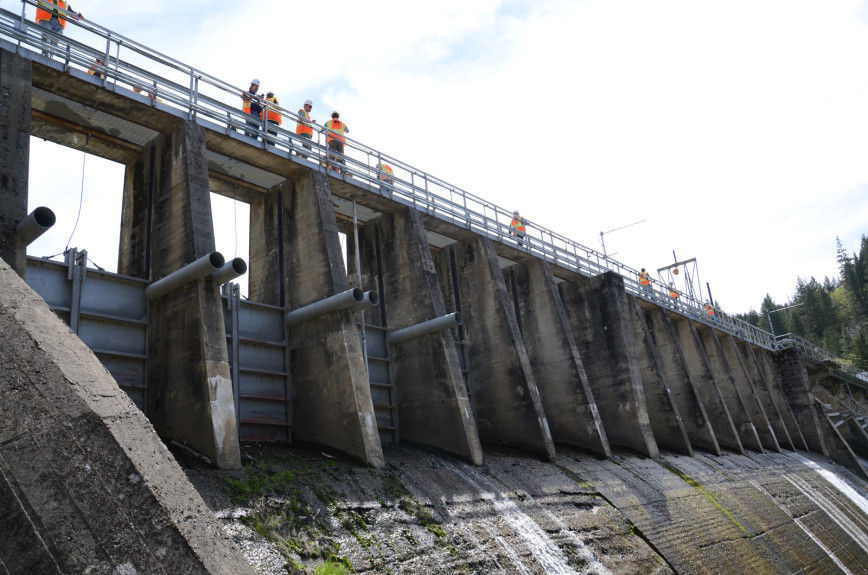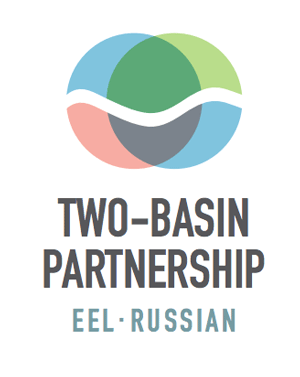Next big task is completing a feasibility study

By JUSTINE FREDERIKSEN | The Ukiah Daily Journal, November 13, 2019
A local coalition formed in the hopes of maintaining the most important aspects of the Potter Valley Project is making progress toward a two-basin solution, Janet Pauli told the Ukiah City Council at its last meeting.
“Rep. Jared Huffman (D-San Rafael) envisioned a two-basin solution (for the hydro-electric dam owned by Pacific Gas and Electric), and what that means is a way to ensure water supply stability, while at the same time creating habitat restoration in both (the Eel and Russian) river systems for listed and threatened species,” said Pauli, who represents the Potter Valley Irrigation District on the Inland Water and Power Commission of Mendocino County, which also has representatives from the city of Ukiah, Mendocino County, Redwood Valley County Water District and the Russian River Flood Control and Water Conservation Improvement District.
Once the IWPC members learned that PG&E was abandoning the Potter Valley Project and would not seek re-licensing, Pauli said they began forming a coalition with other agencies such as CalTrout, Humboldt County and the Sonoma County Water Agency to explore options for the project. Most recently, she said, the Round Valley Tribes joined the coalition, and Lake County officials have expressed interest in joining, as well.
“I believe with the recent addition of those entities, we represent relatively well all of the interests on both the Eel and the Russian rivers, and we have the potential to be a very strong coalition as we move forward,” Pauli told the City Council Nov. 6, explaining that while the coalition was pleased that the Federal Energy Regulatory Commission “accepted our Notice of Intent to re-license the project, they also then gave us the bad news: that they were giving us until April of next year to finish the feasibility study. However, they did extend the deadline for the final licensing application to the actual date of the license expiration, which is April of 2022.”
To achieve all its goals, including the feasibility study, Pauli said the coalition has formed five different working groups, plus “an overarching steering committee that meets very often for reports from the working groups and for coordination of the entire effort. We’ve also hired an outside consulting firm, Stillwater Sciences, to help with the entire scope of work with the feasibility study, and that’s where the bulk of the $400,000 that (the different agencies) have put toward this effort is being spent.”
As far as other pending issues, Pauli said that “one of the biggest problems we have is determining what happens with Lake Pillsbury, Scott Dam and the entire infrastructure of the project, and we have been anxious to find out what sediments are there, because they might be toxic.”
Pauli said PG&E only recently “finally agreed to allow official testing of the sediment and FERC approved it, (though we have only) a very short window to get it done before it rains, but it looks like we will get it done.”
In conclusion, Pauli said, “we’re busy, we have everybody on deck and we have a very tight deadline to get everything done. And it’s true probably to say that while we hope that we get what we need, we may not get what we want. But water supply reliability is half of the equation, and we intend to make sure that it’s realized.”

